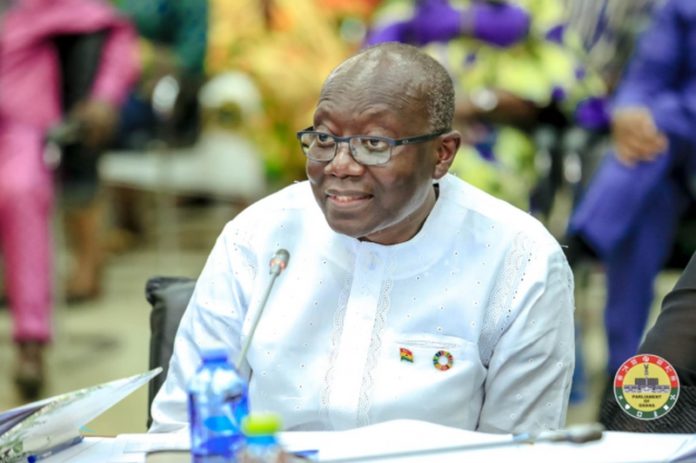The International Monetary Fund (IMF) recently disclosed in its Staff Report on Ghana that the country is projected to reach a moderate risk of debt distress by 2028.
However, the report also highlighted that the majority of the domestic debt restructuring process has already been completed.
The IMF emphasized that Ghana’s government debt restructuring strategy, coupled with the reforms implemented under the program, is expected to achieve debt sustainability.
This strategy aims to eliminate all breaches of the Lower-Income Countries – Debt Sustainability Framework (LIC-DSF) by 2028, ultimately restoring a moderate risk of debt distress.
The Fund further stated that the program has secured full financing for the initial 12 months and exhibits promising prospects for the remainder of the program.
To address its debt distress position, Ghana suspended external debt payments to official bilateral and external commercial creditors since December 2022, resulting in the accumulation of arrears with these creditors.
Consequently, the IMF anticipates that the financing assurances provided under the Common Framework will adequately represent Ghana, enabling arrears with other official bilateral creditors to be resolved under the Lending into Official Arrears (LIOA) Policy.
In accordance with the IMF’s Lending into Arrears (LIA) policy, the IMF staff has assessed that the Ghanaian authorities are demonstrating sincere efforts to reach a collaborative restructuring agreement.
These efforts involve engaging in early dialogue, promptly sharing information, and providing opportunities for creditors to contribute to the restructuring strategy.
Successful implementation of Ghana’s adjustment program hinges on the adoption of appropriate policies and prompt support from the IMF.
Bank of Ghana Data: Ghana’s Debt Reduced by ¢141.1bn to ¢434.6bn in December 2022
According to data from the Bank of Ghana, Ghana’s public debt stock decreased by ¢141.1 billion in
December 2022, ending the year at ¢434.6 billion, which represents approximately 71.2% of the country’s Gross Domestic Product (GDP). This amount is equivalent to $52 billion.
The May 2023 Summary of Economic and Financial Data revealed that Ghana’s debt in cedi terms had consistently risen, reaching ¢575.7 billion ($43.9 billion) by the end of November 2022, approximately 93.5% of the GDP.
This reduction in debt was made possible after Ghana successfully completed its debt exchange, which paved the way for the International Monetary Fund’s Executive Board to approve a $3 billion Extended Credit Facility (ECF) program.

